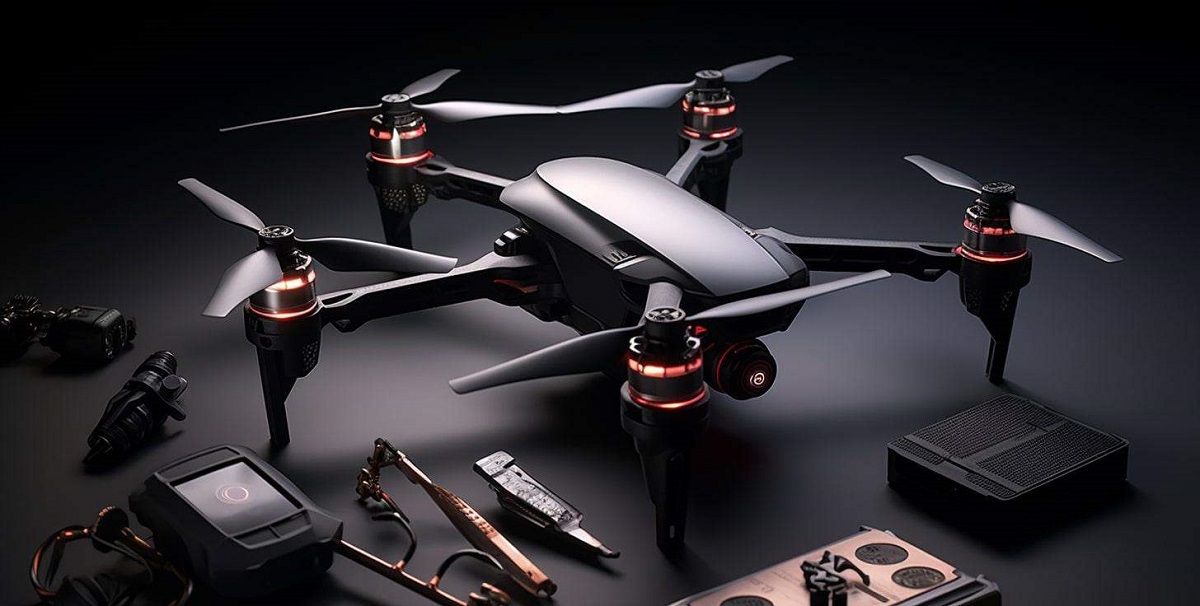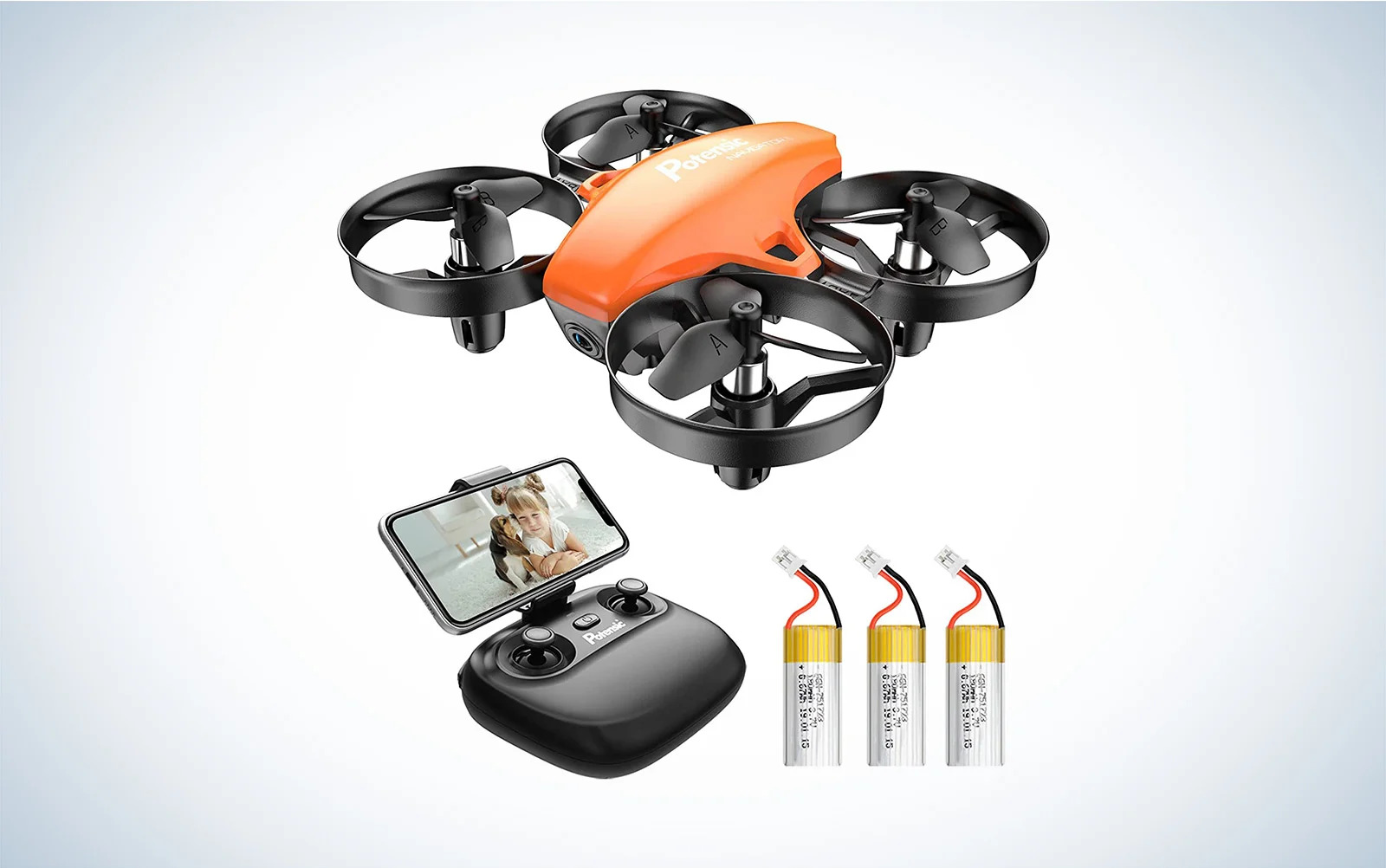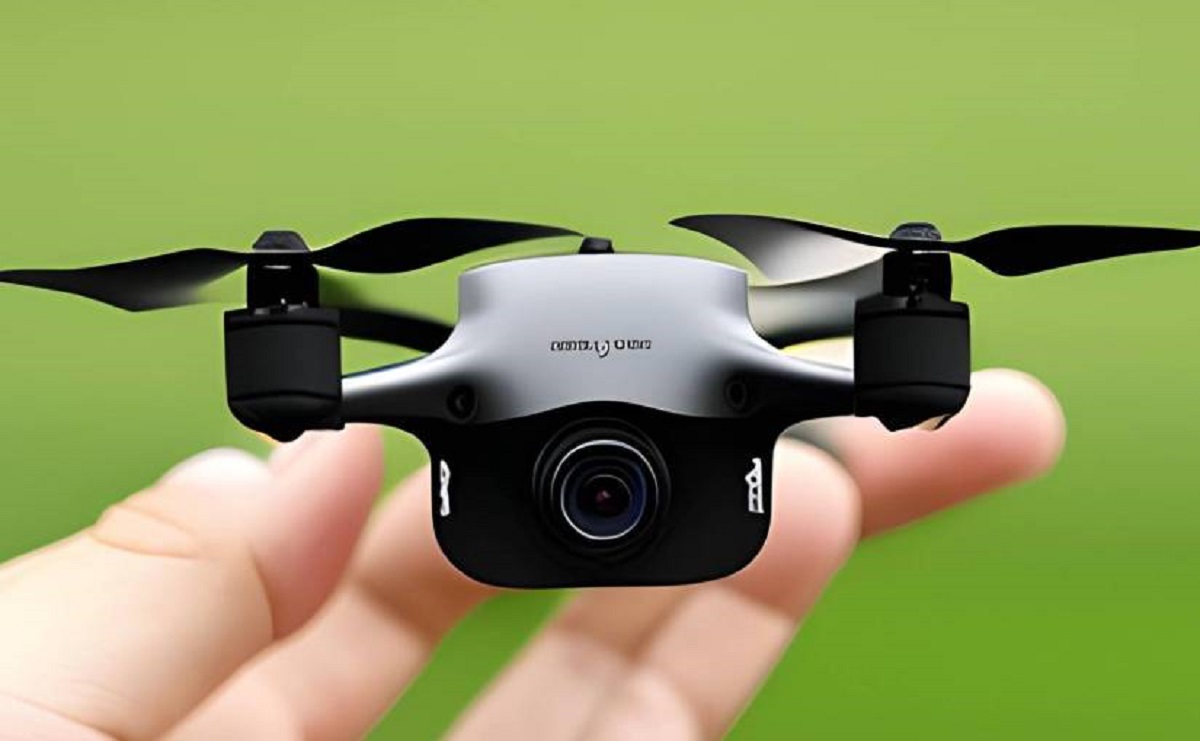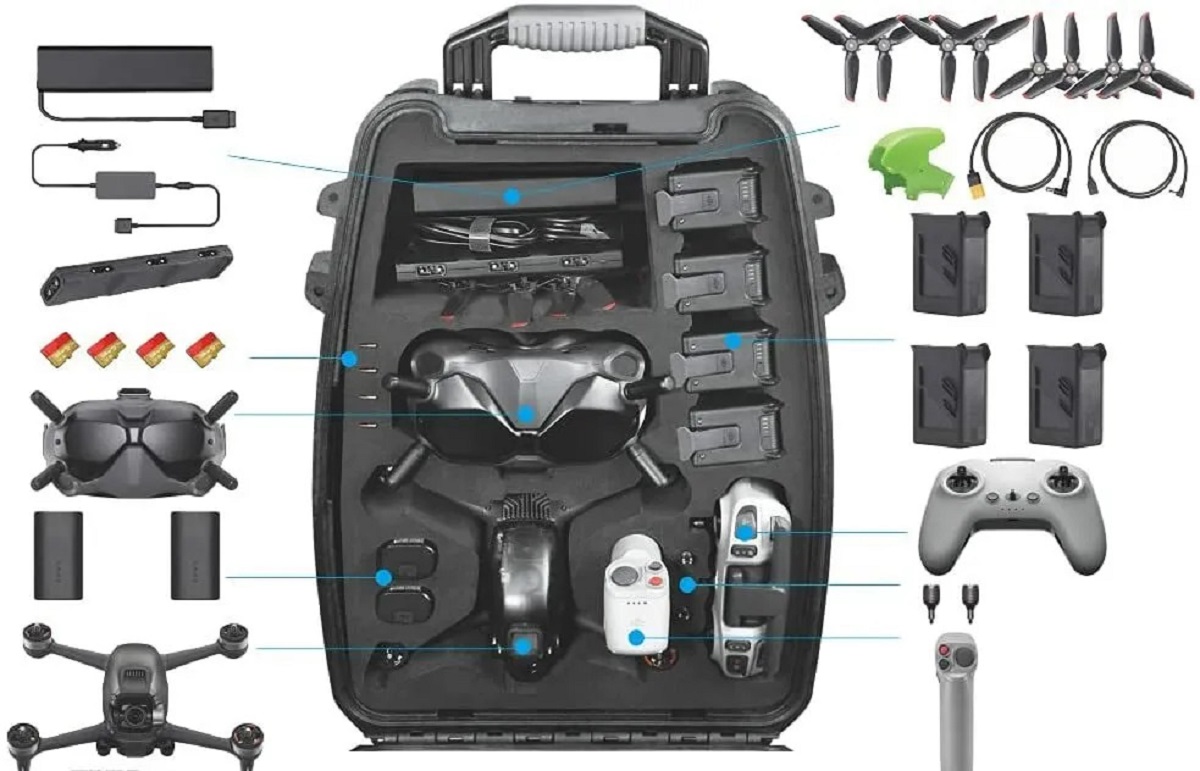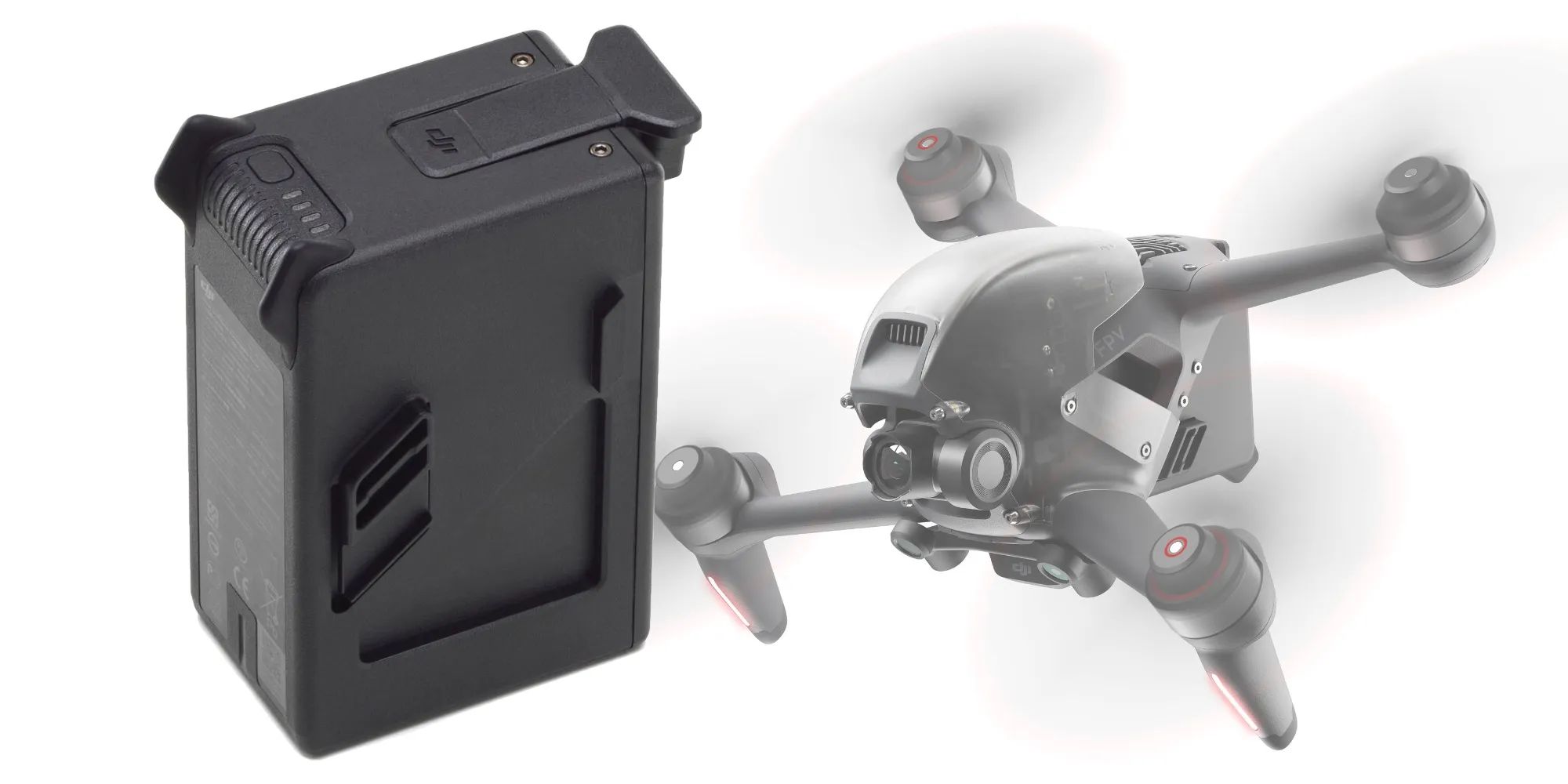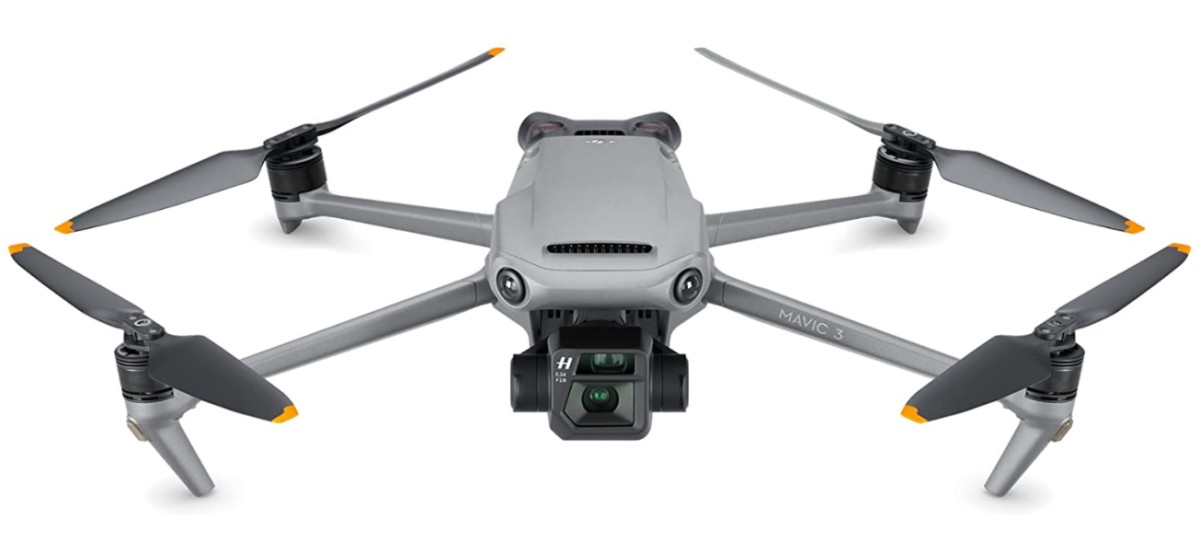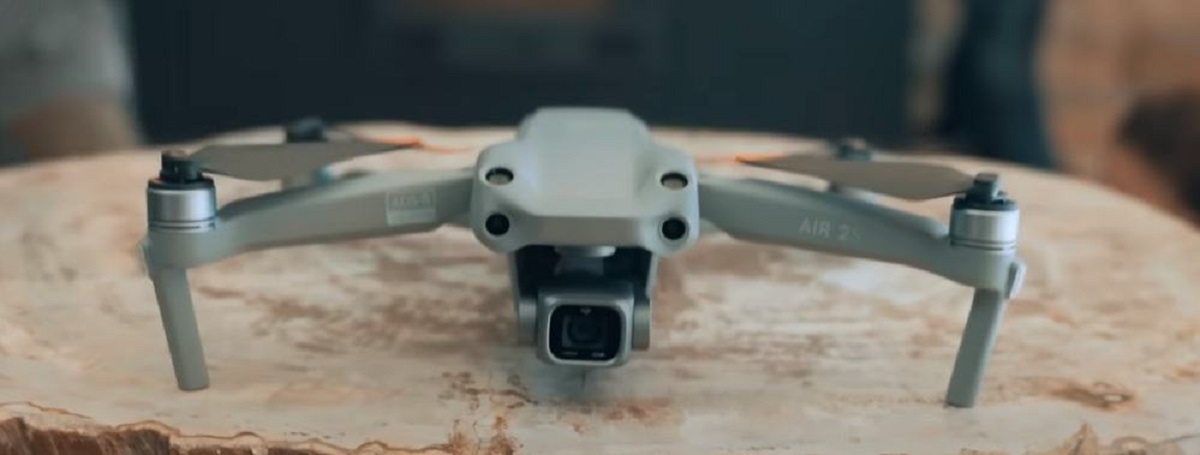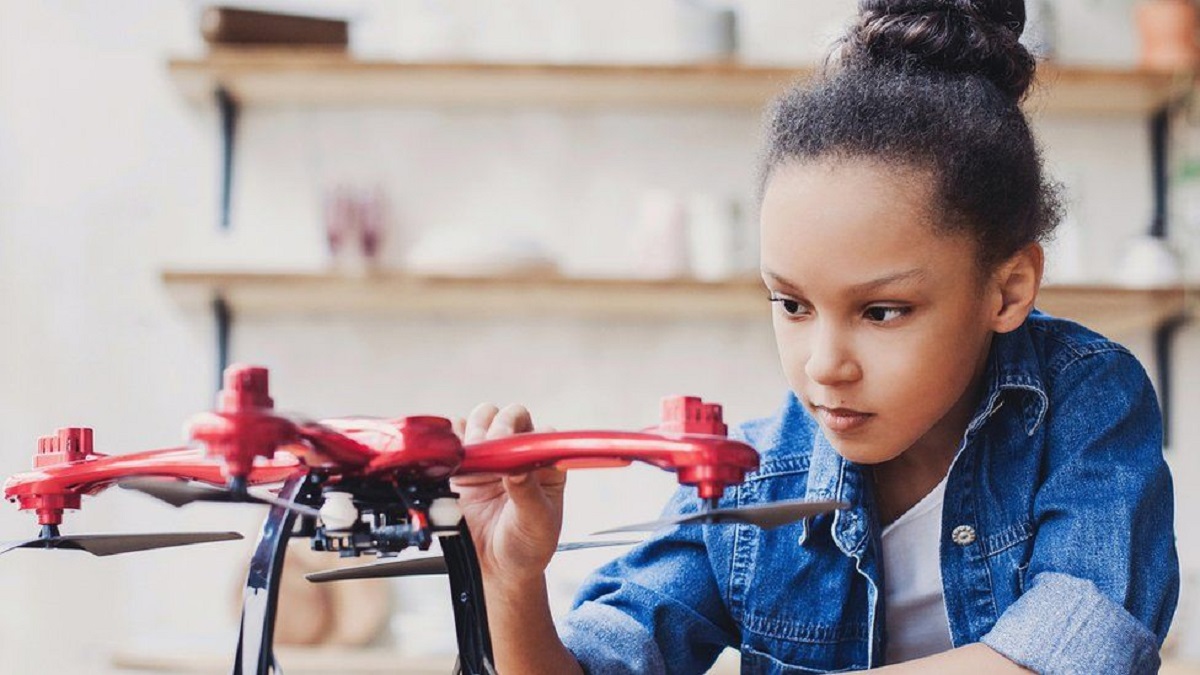Introduction
Welcome to our comprehensive guide on drone battery life! Whether you’re a professional photographer, an aerial enthusiast, or just a curious beginner, understanding how long a drone battery lasts is crucial for planning your flights and maximizing your aerial experience.
Drones have revolutionized various industries, from film and photography to agriculture and surveying. These unmanned aerial vehicles provide a unique perspective and are capable of capturing breathtaking images and videos from above. However, the flight time of a drone is limited by its battery life, making it essential to know how long it will stay aloft before needing to return and recharge.
In this guide, we will delve into the factors that affect drone battery life, explore different types of drone batteries, and provide average battery life statistics for various popular models. We will also share practical tips on how to extend the battery life of your drone and provide guidance on properly charging and storing your batteries to ensure their longevity.
With the advancement of technology, the flight times of drones have significantly improved over the years. However, it’s important to note that battery life can vary greatly depending on several factors, including the drone model, payload weight, flight conditions, and pilot behavior. Understanding these factors will enable you to make informed decisions when planning your drone flights and help you achieve the most out of your drone’s battery life.
So, without further ado, let’s dive into the exciting world of drone batteries and discover how to get the most out of your drone flights!
Factors Affecting Drone Battery Life
The duration of a drone’s battery life depends on various factors. Understanding these factors will help you optimize your battery usage and plan your flights accordingly. Here are some key factors that can affect your drone’s battery life:
- Drone Model: Different drone models have varying battery capacities, which directly impact their flight time. Higher-end drones generally have larger batteries and longer flight times compared to entry-level models.
- Drone Weight: The weight of your drone, including any additional payload such as a camera or accessories, affects the energy consumption and, subsequently, the battery life. Heavier drones require more power to stay airborne, leading to shorter flight times.
- Flight Conditions: External factors such as wind speed, temperature, and altitude can have a significant impact on your drone’s battery life. Operating your drone in windy conditions or extreme temperatures can cause increased power consumption and reduce flight time.
- Flight Maneuvers: Aggressive flying, frequent acceleration and deceleration, and abrupt changes in direction consume more battery power. Smooth and steady flying techniques result in better energy efficiency and longer flight times.
- Battery Age and Maintenance: Over time, drone batteries can degrade, resulting in reduced performance and shorter flight times. Regular maintenance, such as proper charging and storage, can help extend the lifespan and improve the overall battery performance.
By taking these factors into consideration, you can better estimate the flight time of your drone and plan your flights accordingly. It’s important to note that while you may not have control over certain factors like weather conditions, adopting efficient flying techniques and properly maintaining your batteries can significantly optimize your drone’s battery life.
In the next section, we will explore the different types of drone batteries available in the market and discuss their characteristics. Understanding the various battery options will help you make informed decisions when choosing a drone and managing its battery life effectively. So, let’s dig into the world of drone batteries and gain deeper insights into their capabilities!
Types of Drone Batteries
Drone technology has advanced rapidly, offering various types of batteries to power these unmanned aerial vehicles. Understanding the different types of drone batteries is crucial as it can impact not only the flight time but also the overall performance of your drone. Here are the most common types of drone batteries available in the market:
- Lithium Polymer (LiPo) Batteries: LiPo batteries are widely used in drones due to their high energy density and lightweight design. They provide a significant amount of power and can be recharged numerous times. LiPo batteries are known for their ability to deliver high currents, ensuring consistent performance during flight. However, they require careful handling and regular maintenance to prevent swelling or damage.
- Lithium-Ion (Li-Ion) Batteries: Li-Ion batteries are another popular choice for drones. They have a higher energy density compared to LiPo batteries and offer longer flight times. Li-Ion batteries are relatively safer and have a longer lifespan but are slightly heavier than LiPo batteries.
- Nickel-Metal Hydride (NiMH) Batteries: NiMH batteries were commonly used in older drone models but have become less prevalent due to their lower energy density. They are generally cheaper but have shorter flight times and are bulkier compared to LiPo and Li-Ion batteries. NiMH batteries are more suitable for entry-level and recreational drones.
- Custom Drone Batteries: Some drone manufacturers may develop their own proprietary batteries to maximize performance and optimize flight time for their specific drone models. These custom batteries are tailored to the drone’s power requirements, offering optimized energy storage and delivery.
Choosing the right type of battery depends on factors such as your flight requirements, budget, and the drone’s compatibility. It’s important to check the drone manufacturer’s recommendations regarding battery type and capacity to ensure optimal performance and safety. Additionally, consider factors such as weight, charging time, and storage requirements when making your decision.
In the following section, we will delve into the average battery life of different drones to give you an idea of their flight capabilities. So, let’s explore the impressive range of drones available in the market and see how their battery life measures up!
Average Battery Life of Different Drones
The battery life of a drone can vary significantly depending on the specific model and its configuration. Higher-end drones generally offer longer flight times due to their larger battery capacities. However, it’s important to keep in mind that these figures are approximate and can be influenced by various factors such as flight conditions and usage patterns. Here is an overview of the average battery life of popular drones in different categories:
- Consumer Drones: Entry-level consumer drones typically offer an average flight time of around 10-15 minutes. These drones are designed for recreational use and often come with lightweight batteries to keep costs down. It’s important to have spare batteries on hand to extend your flying time.
- Prosumer Drones: Prosumer drones, which are more advanced than consumer drones, tend to have longer flight times ranging from 20 to 30 minutes. These drones are often equipped with higher-capacity batteries to support additional features like higher-resolution cameras and advanced flight modes.
- Professional Drones: Professional-grade drones used for aerial photography, cinematography, or industrial applications offer even longer flight times. They can typically stay airborne for anywhere between 30 minutes to an hour, depending on the specific model and payload. Some specialized drones used in commercial operations may even have flight times of over an hour.
It’s worth noting that these flight times are approximate and can vary based on operating conditions and flight maneuvers. The use of accessories like gimbals, additional cameras, or payload attachments can also impact the overall flight time. It’s always recommended to check the specifications of the drone you intend to purchase or use to get accurate information about its battery life.
In the next section, we will share some valuable tips to help you extend the battery life of your drone. These tips will help you make the most out of your flight time and ensure a satisfactory aerial experience. So, let’s explore how you can optimize your drone’s battery usage!
Tips to Extend Drone Battery Life
While the exact battery life of your drone is determined by various factors, there are several steps you can take to maximize your flight time and extend the overall battery life. By following these tips, you can optimize your drone’s battery usage and enjoy longer flights:
- Fly in optimal weather conditions: Avoid flying your drone in extreme temperatures, high winds, or heavy rain. These conditions can cause increased power consumption and reduce battery life. Choose calm and mild weather conditions for optimal flight performance.
- Plan your flight route: Plan your flight route in advance to minimize unnecessary maneuvers and conserve battery power. Having a clear plan can help you fly efficiently and maximize your flight time.
- Use efficient flight modes: Many drones offer different flight modes that prioritize battery efficiency. These modes adjust the drone’s performance settings to conserve power. Activate these modes to optimize battery usage.
- Avoid aggressive flying: Smooth and gentle movements require less power compared to abrupt and aggressive maneuvers. Fly with control and avoid unnecessary acceleration, deceleration, or sudden changes in direction to extend your battery life.
- Monitor battery levels: Keep an eye on your drone’s battery levels during your flight. Most drones provide real-time battery monitoring on the controller or mobile app. Plan your flight duration to avoid depleting the battery completely.
- Avoid hovering: Hovering in one place consumes more power than steady forward flight. If possible, minimize hovering and keep your drone moving to save battery power.
- Remove unnecessary accessories: Payload attachments like gimbals, additional cameras, or other accessories can add weight to your drone and impact its battery life. Remove any unnecessary attachments to reduce the power consumption.
- Optimize camera settings: If your drone is equipped with a camera, adjust the camera settings to minimize power usage. Lowering the resolution or frame rate can help conserve battery power without sacrificing too much on image quality.
By implementing these tips, you can effectively extend the battery life of your drone and make the most out of your flights. Remember to always follow the manufacturer’s guidelines and recommendations for optimal battery usage.
In the next section, we will explore the proper charging and storage practices for drone batteries. Taking care of your batteries will not only ensure their longevity but also enhance their performance. Let’s dive into the world of drone battery maintenance!
How to Properly Charge and Store Drone Batteries
Proper charging and storage practices are essential for maintaining the performance and longevity of your drone batteries. Follow these guidelines to ensure that your drone batteries remain in optimal condition:
- Use the manufacturer-approved charger: Always use the charger specifically designed for your drone batteries. Using an incompatible charger can damage the battery or even pose a safety risk.
- Charge in a suitable environment: Charge your drone batteries in a well-ventilated area away from flammable materials. Avoid charging them on combustible surfaces or near heat sources.
- Follow the charging instructions: Pay attention to the recommended charging time and voltage specified by the manufacturer. Overcharging or undercharging can affect the battery’s performance and lifespan.
- Allow the batteries to cool down: After a flight, let your drone batteries cool down before recharging them. This helps maintain the battery’s internal temperature and ensures a more efficient charging process.
- Store batteries at the optimal temperature: Store your drone batteries in a cool, dry place, preferably at room temperature. Avoid storing them in extreme temperatures as it can degrade the battery’s performance.
- Avoid full discharge: It is recommended to avoid fully discharging your drone batteries during flight. Partial discharges and recharges are better for the overall health and longevity of the battery.
- Perform regular battery maintenance: Inspect your drone batteries regularly for any signs of damage or swelling. If you notice any issues, discontinue using the battery and contact the manufacturer for assistance.
- Follow transportation guidelines: When traveling with your drone batteries, be aware of the transportation regulations for lithium batteries. Follow the specific guidelines provided by airlines or transport authorities to ensure safe and compliant handling.
By following these charging and storage practices, you can prolong the lifespan of your drone batteries and maintain their optimal performance. Remember that each drone model may have specific recommendations, so it’s important to consult the manufacturer’s guidelines for the best results.
In the next section, we will discuss common battery issues that drone pilots may encounter and provide troubleshooting tips to overcome these challenges. Let’s explore how to address battery-related problems and keep your drone in the air!
Common Battery Issues and Troubleshooting Tips
While drone batteries are generally reliable, occasional issues may arise. Understanding common battery-related problems and knowing how to troubleshoot them can save you time and frustration. Here are some common battery issues you may encounter and tips to resolve them:
- Swollen Battery: If you notice that your drone battery has become swollen or bloated, it is important to stop using it immediately. Swelling is a sign of damage or internal issues. Safely dispose of the swollen battery and replace it with a new one.
- Short Flight Time: If your battery is providing significantly shorter flight times than expected, several factors may be at play. Review your flight settings and techniques to ensure you are flying efficiently. Also, check for any battery degradation or damage that may be impacting its performance.
- Battery Not Holding a Charge: If your battery is not holding a charge, it may indicate that it has reached the end of its lifespan. LiPo batteries, in particular, can experience reduced capacity over time. Consider replacing the battery if it no longer holds a charge even after proper maintenance and usage.
- Inaccurate Battery Level Reading: If you are experiencing incorrect battery level readings on your drone controller or app, recalibrating the battery can help. Fully charge the battery, then fully discharge it by flying your drone until it automatically lands. Recharge the battery again, and this should reset the battery level readings.
- Overheating Battery: Overheating batteries can be dangerous and may indicate an issue with the battery or drone itself. If you notice that your battery is getting abnormally hot during or after use, discontinue using it and seek assistance from the manufacturer. Also, make sure to operate your drone within its recommended temperature range.
- Unresponsive Battery: If your battery does not respond when connected to the drone or charger, check the battery and connector contacts for any dirt, debris, or damage. Clean the contacts gently and ensure a secure connection. If the issue persists, check with the manufacturer for further guidance.
If you encounter any battery-related issues that you are unsure how to address, it is always best to consult the manufacturer’s documentation or contact their customer support for assistance. They will have the expertise and knowledge to provide specific troubleshooting steps for your drone and battery model.
Now that you have learned about common battery issues and troubleshooting tips, you are equipped to tackle battery-related challenges and keep your drone flying smoothly. In the concluding section of this guide, we will summarize the key points covered and emphasize the importance of proper battery management. Stay tuned!
Conclusion
In conclusion, understanding the factors that affect drone battery life and implementing strategies to optimize battery usage are crucial for maximizing your flight time and overall drone experience. Factors such as drone model, weight, flight conditions, and flight maneuvers all play a role in determining battery life. By flying in optimal weather conditions, planning flight routes, using efficient flight modes, and avoiding aggressive maneuvers, you can extend your drone’s battery life.
Knowing the different types of drone batteries available in the market, such as Lithium Polymer (LiPo), Lithium-Ion (Li-Ion), and Nickel-Metal Hydride (NiMH), allows you to select the best battery option for your drone based on your requirements and budget. Additionally, adopting proper charging and storage practices, such as using the manufacturer-approved charger, charging in a suitable environment, and storing batteries at the optimal temperature, will help maintain battery performance and longevity.
In troubleshooting battery-related issues, you can address common problems like swollen batteries, short flight times, batteries not holding a charge, inaccurate battery level readings, overheating batteries, and unresponsive batteries. By following specific troubleshooting steps or reaching out to the manufacturer’s customer support, you can overcome these challenges and keep your drone in the air.
Remember, optimizing drone battery life is an ongoing process that involves continuous learning, experimentation, and adherence to best practices. By implementing the tips and techniques mentioned in this guide, you can enhance your drone flying experience and capture stunning aerial footage with confidence.
So, go ahead and make the most of your drone’s battery life while exploring the skies. Happy flying!







